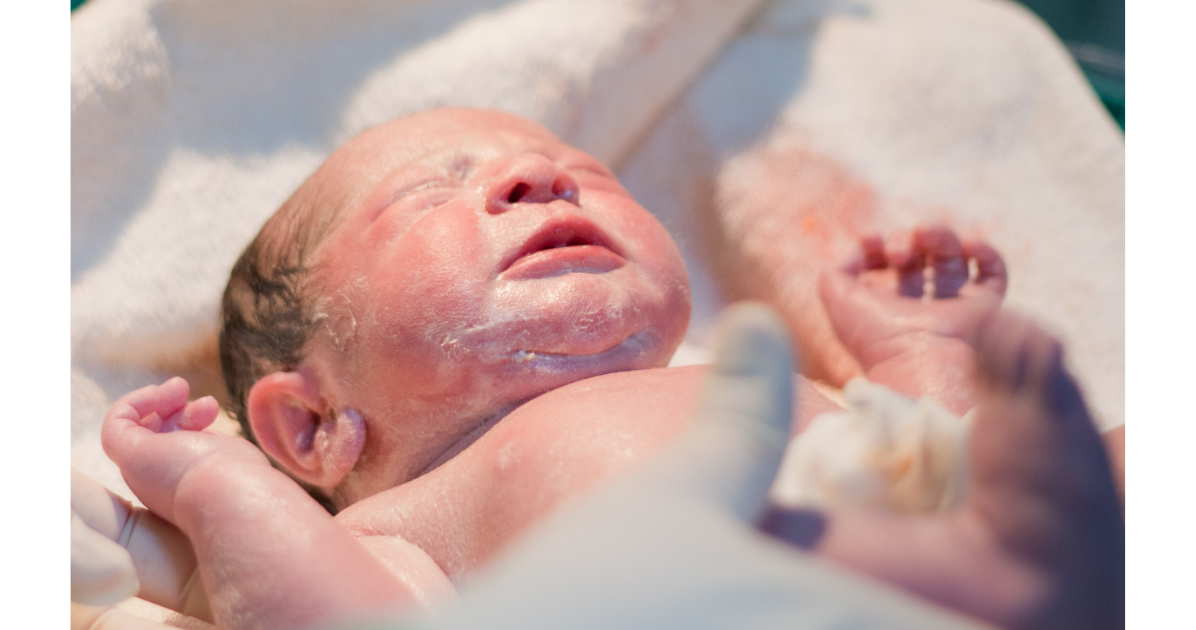What Is Placenta Trauma?

The separation from the mother occurs when the placenta has come away from the wall of the womb and has been birthed. The placenta is usually associated with the mother as it grows on the wall of the uterus and causes a wound when it comes away. In our minds, it has become a part of the mother’s body. It is believed to be useful only during pregnancy and considered redundant after the birth of the baby.
In Western cultures, the cord is cut immediately after the full body of the baby is birthed.
The function of the placenta
The placenta is the first organ that develops when the fertilised egg implants in the uterine wall. Its function is to be the bridge between the mother and the baby. It ‘breathes’ and nourishes the baby. ‘Breathes’ because it is responsible for transporting oxygen to the baby. The placenta is a part of the baby and the etheric body of the baby encompasses the placenta.
At the time of birth, when the baby has begun to breathe air, the bridging function is no longer needed, and ‘knowingly’ the baby detaches this part of itself (i.e. the placenta) from the wall of the womb. The birth of the baby is only complete when the placenta has emerged. This shows that the ‘cut-it-and-discard-it’ procedure is equivalent to an amputation. It seems natural to wait until the placenta’s function is fulfilled and let it come away naturally. It is not, after all, a sick or diseased part of the body.
The placenta contains vital nutrients and one-third to one-half of the baby’s blood. It is logical to think that if the baby is able to detach its placenta from the womb, it is also able to extract all it needs from the placenta before discarding it. Hence the least we can do to assist this process is to wait until the cord stops pulsating before cutting it. When the cord is cut straight after birth not only is the physical organ cut off, but also the part of the etheric body that settles in the uterus.
The error of early cord clamping
According to Erasmus Darwin (grandfather of Charles Darwin), the error of cord clamping was defined clearly over 200 years ago: ‘Another thing injurious to the child is the tying and cutting of the navel string too soon; which should always be left till the child has not only repeatedly breathed but till all pulsation in the cord ceases. As otherwise the child is much weaker than it ought to be, a portion of the blood being left in the placenta, which ought to have been in the child.’
Indigenous cultures have differing customs about the cutting of the cord and the treatment of the placenta after birth, but nowhere have I come across any information on the psychological effects of falsely attributing the placenta to the mother. As a breathworker-rebirther, this is the aspect that interests me most, because this is where our expertise can assist people in healing the trauma.
It is known that people who have lost a leg still have an etheric leg that experiences pain as if the real leg was still there. I don’t believe a person ever forgets the leg they once had. In the same way, I don’t believe a baby will ever forget its placenta. The difference here is that we have not acknowledged the placenta as a lost organ, or more precisely, a stolen organ.
Moreover, through the shock of being severed, the etheric part of the placenta forms a small separate bubble that continues to exist in its separate state until we actually reabsorb it. Most of us have this somewhat strange occurrence of a part of our etheric body living its own independent existence in isolation and abandonment.
Birthing the placenta and letting go of it is like shedding a skin. The physical part dries up and drops away when the etheric transference is complete. This can take two to ten days and the baby’s etheric body remains intact.
Why and how this part of birth is traumatic
We overlook that the placenta was formed by the fertilised egg and therefore is a part of the baby. By treating it as a part of the mother we disassociate ourselves from the placenta – from a part of our self. Most of us have learned in our inner work that disassociation causes immense emotional pain.
Our placentas have been brusquely separated from us at birth. They have been treated as ‘dirty’ and either disposed of like garbage or ‘stolen’, to be turned into skincare products or stored the cord blood in cord blood banks. Cord blood contains stem cells that are used for transplants.
My personal experience and work with clients has shown me that this is a major contributing factor in our feelings of separation, abandonment, violation, loneliness and confusion of identity. Since my understanding of this error of perception, I have been able to introduce clients to this new theory around the placenta, and work with life patterns like:
‘I am not getting what I need and want’.
‘There is still something missing in my relationship’.
‘I get what I want and as soon as I have it I want something else’.
Just introducing the theory in workshops has been effective. It seems to set the process in motion and in a short time placentas are being re-owned. People describe it as remembering something that deep down they have always known.
Why is placenta trauma release important?
Nearly all of us were victims of this mistaken belief during the first hours of our lives: the belief that we are separated from our mother when in reality we are separated from our placenta; the belief that the placenta belongs to the mother and that the relationship we had with our placenta is not important.
Breathwork and rebirthing and many other therapies have shown us how the first impressions of life imprint in our consciousness and become the reality we live by. Because most of us have disassociated from owning our placenta in the ways described above, we do not recognise this as a malfunction of the human psyche but see it as a ‘normal’ human trait.
It is common knowledge that error builds on error … and so this mistaken belief about this first stage of development of our body has created a web of illusions upon which we base our concepts of reality. I find this realisation and the correction of this error of perception an exciting and challenging prospect for humankind.




